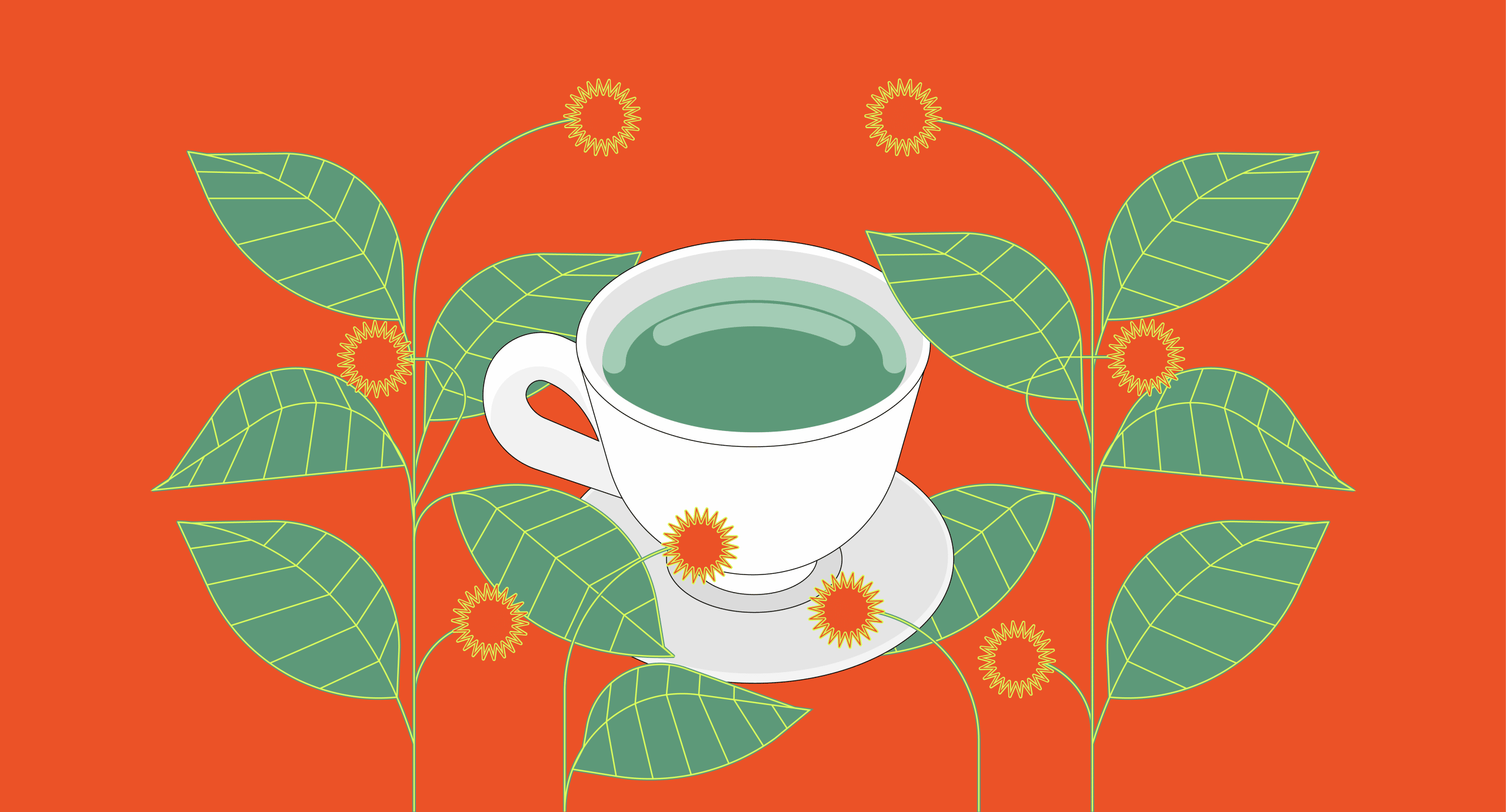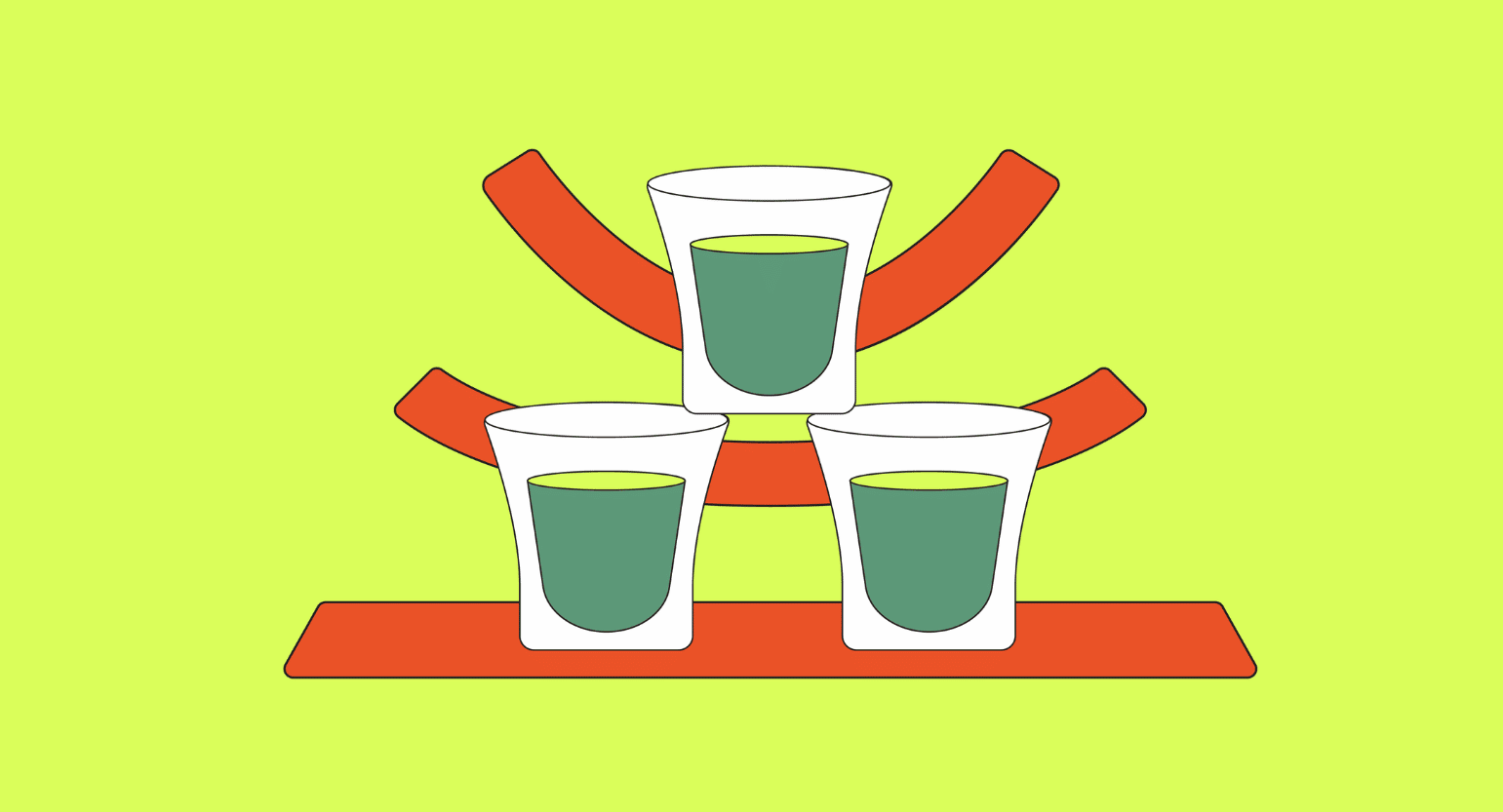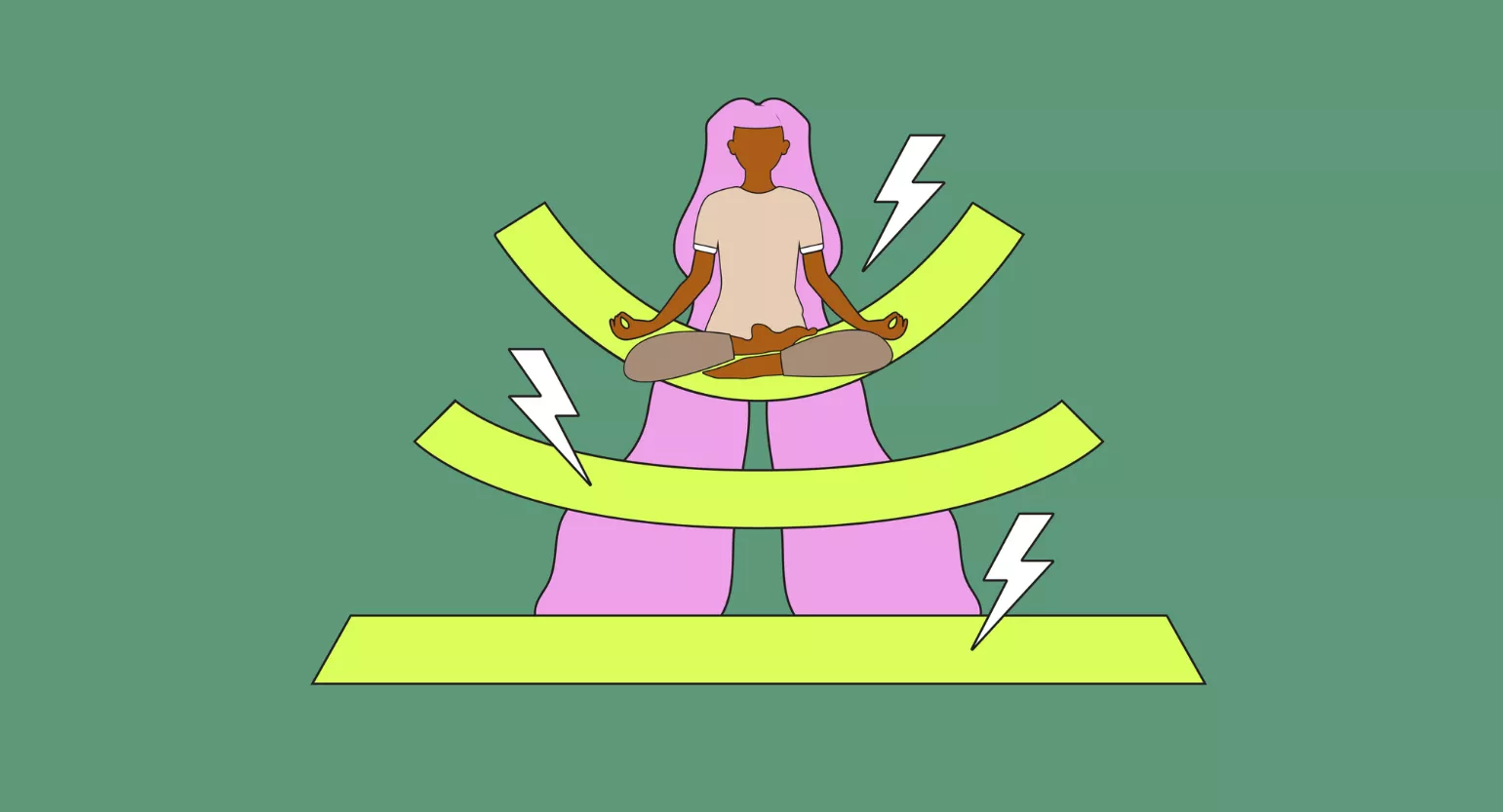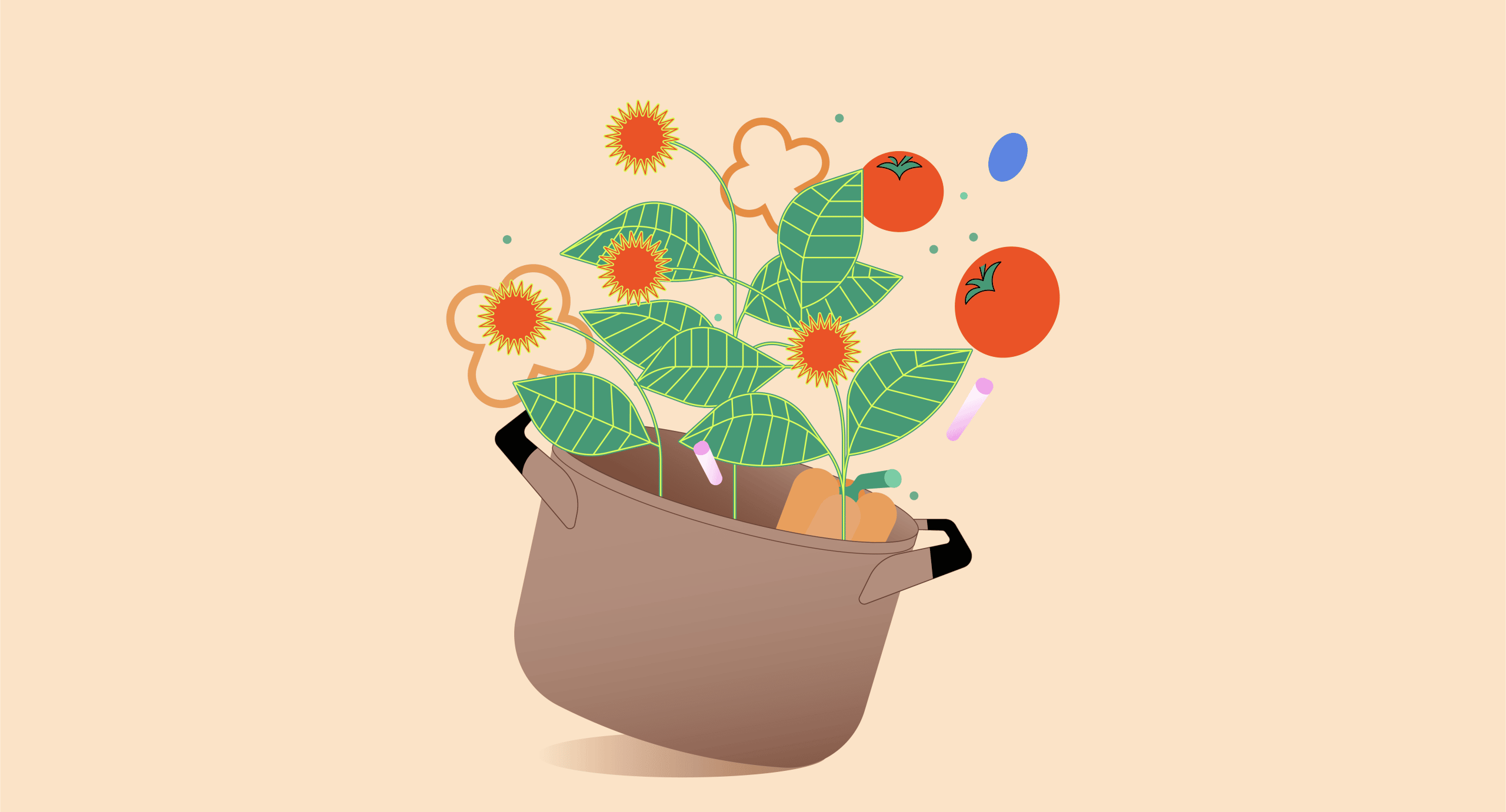Why Use Kratom Tea? What Are The Benefits?
There are lots of ways to enjoy kratom. What makes a tea any better than these other methods?
Kratom tea eliminates most of the problems associated with these other methods. It might still taste gross, but it’s a quick and easy way to use your kratom. The ritual of brewing a cup of kratom tea can also facilitate a zen mindset that can be useful for managing anxiety and pain.
Tea eradicates the need to go through the gross and somewhat risky toss-and-wash method. Tea drinkers don’t need to worry about the extra time required to digest gel capsules. In fact, since the alkaloids have already been dissolved into water, kratom takes effect way faster when you’re drinking tea.
In summary, the benefits of using kratom as a tea include:
- It has a much better taste than other methods
- Tea is one of the easiest ways of preparing kratom at home
- Tea has a relatively fast absorption rate (effects appear faster)
- It’s less likely to produce gut-related side effects like nausea or diarrhea
- Tea is easier to share among friends
1. Kratom Tea Tastes Better
Kratom does not have an appealing taste or texture. Kratom’s flavor is one of its biggest deterrents. If you make tea, you can mix in different spices, sweeteners, and ingredients to improve the flavor of your experience. Some of the best ingredients to mix with kratom are listed later in the article.
2. Kratom Tea Is Easy to Make
Granted, it takes a little bit longer than it would to simply toss and wash a dose. However, most of this time is spent simply waiting.
If you can wait for a pot of coffee to brew, then you can wait for a cup of kratom tea to simmer. You can throw your kratom in a pot on the stove, set it to simmer, and wait a few minutes until it’s ready.
3. Kratom Tea is Less Likely to Cause Gut-Related Side Effects
One of the main reasons that kratom causes digestive upset is because it’s a dense, insoluble fiber. Your body is not meant to digest ground-up leaves in high quantities. Many people find that they become nauseous or even vomit when they take high doses of kratom powder.
Brewing and straining tea allows you to avoid this. You can get the same effects as you would with a toss and wash without having to deal with the discomfort of ingesting kratom powder.
Learn more about the side effects of kratom.
4. Kratom Tea Is Fast-Acting
By the time your beverage is brewed, most of the active constituents will already be dissolved in the water. This allows for them to be easily absorbed into the bloodstream. This means that the medicine can take effect much quicker than it would if you had to digest it from scratch.
Also see: How Long Does it Take for Kratom to Kick In?
5. Kratom Tea Is Useful for Introducing Friends
If you want to share the magic of this plant with your friends, tea is probably the best way to do it. As long as you know how to make a brew that tastes good, your friends will probably enjoy taking kratom this way.
Trying to explain to your friends what a toss-and-wash is and why kratom is so amazing that it renders this gross habit necessary is an entirely different story. This is a good way to turn your friends off and have them think that you’re a herb-gulping fiend.
Now, let’s compare the use of kratom tea with some of the other popular methods available.

Kratom Tea vs. The Toss ‘N’ Wash Method
Kratom (Mitragyna speciosa) isn’t an easy plant to consume. The effects of the plant are fantastic across the board, but kratom is notorious for being one of the hardest plants to actually get into your body simply because of how it tastes and how much you need to use to get an effective dose.
Kratom is usually consumed via the toss-and-wash method. This involves dumping a spoonful of kratom powder into your mouth (yuck!) and trying to quickly chase it down with a gulp of liquid before too much of it touches your tongue.
This method takes a bit of finesse but is certainly an effective way of getting kratom into the body. Because kratom is so highly astringent, a botched toss-and-wash could be potentially dangerous. If you get a good inhale of this powder while it’s in your mouth, it’s going to cause a lot of irritation in your lungs.
This can be a very intense and uncomfortable experience. Most people who suffer through this when they first try kratom are so turned off by the experience that they avoid ever using kratom again.
Kratom Tea vs. Kratom Capsules
Kratom can also be consumed in capsules. As with anything, there are some drawbacks to this method as well.
Capsules take a bit longer to digest since your body first has to break down the gel cap before it can work on the kratom. It also takes an additional amount of time to prepare the capsules beforehand. If you’re buying capsules premade, oftentimes, you’ll have to pay extra.
The cost per gram of kratom is going to be higher in the form of a capsule than it is if you prepare a tea from the dried powder.
Different Methods For Brewing Kratom Tea
There are a few different techniques and methods of preparing tea from kratom.
Some of these methods are designed to maximize the potency of your kratom, whereas others are designed to make it more palatable.
1. Making Tea With Kratom Powder
Brewing a cup of kratom doesn’t have to be complicated. You can make a simple brew with kratom powder by simmering it in hot water.
In herbal medicine, herbs prepared this way are known as a decoction. A decoction is one of the easiest ways to draw out the medicinal compounds in a plant.
There is no official amount of time to properly decoct kratom. Most people find that they can maximize the effects by simmering it for around 15 minutes.
However, a quick five-minute boil is often enough if you’re in a rush. And, if you’re not in a rush, leaving the kratom to simmer for half an hour or longer will make an extremely potent batch.
The Trick to getting this method right is to avoid using water that’s too hot. You want the water to be bubbling gently, not boiling out of control. If the water is too hot, you risk damaging some of the useful compounds present in the kratom leaves.
Related: How to Keep Kratom Powder From Foaming.
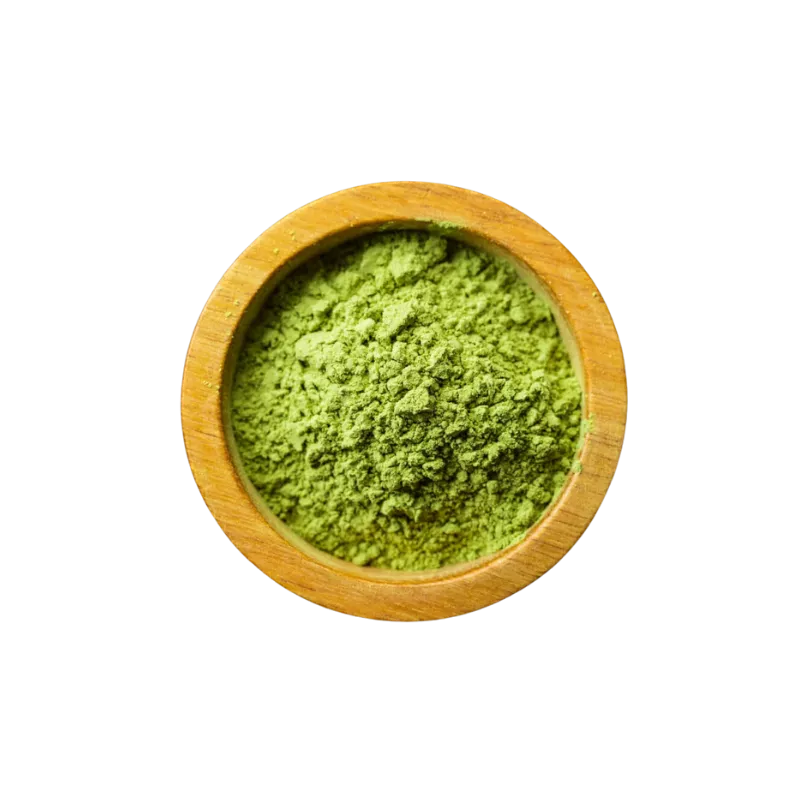
Should I Strain My Kratom Tea?
Straining your kratom is a matter of personal preference. Some people try to strain as much powder out as possible. Others let it sit at the bottom of the cup and avoid swallowing it, and the more dedicated drinkers will shoot back the kratom sludge with the final sip of their tea.
When deciding whether or not to strain, you should ask yourself why you’re making tea in the first place.
If you’re making tea to mask the flavor of the kratom, then it doesn’t really matter whether or not you strain it. Whatever you use to flavor your kratom tea will likely mix in with the powder that settles at the bottom of your cup.
However, if you’re concerned with matters of texture, then you may want to strain the sludge. Swallowing the grainy kratom residue after enjoying a cup of tea is not an experience to be relished.
If you want to avoid this unpleasantness but still get the most out of your kratom tea, there’s a simple workaround: stir your kratom while you’re drinking it. Disturbing the tea by whisking it with a fork right before you take a sip will distribute the powder throughout the drink.
As long as you take your sip before the powder settles, you’ll be able to gradually consume it as you enjoy your tea. You may still notice a bit of grain, but it won’t be nearly as obvious as it would be if you saved it all for later.
2. Crushed Leaf Kratom Tea
Crushed-leaf kratom is, far and above, one of the best ways to consume kratom tea. Crushed leaf kratom is crushed and cut into small pieces — rather than being ground into a fine powder.
Crushed-leaf kratom can quickly be simmered or steeped into a strong tea. In fact, you barely even need to simmer it. Crushed leaf kratom can be drunk like the South Americans drink Yerba Matè: simply pouring hot water over it and sucking the liquid up through a special straw known as a bombilla.
If you can’t get your hands on a bombilla, you can also use a tea ball or a french press to make crushed-leaf kratom tea. The alkaloids in crushed leaf kratom are very easily dissolved into water.
Many people find that crushed leaf kratom provides a much more complete, smooth, and pleasant experience than raw powder. The main drawback to this method is that you generally require a slightly larger dose of crushed leaf kratom than you would powder.
Add about 10% to the dose you would normally use as a powder when preparing crushed leaf kratom tea.
Learn more about kratom dosage guidelines here.
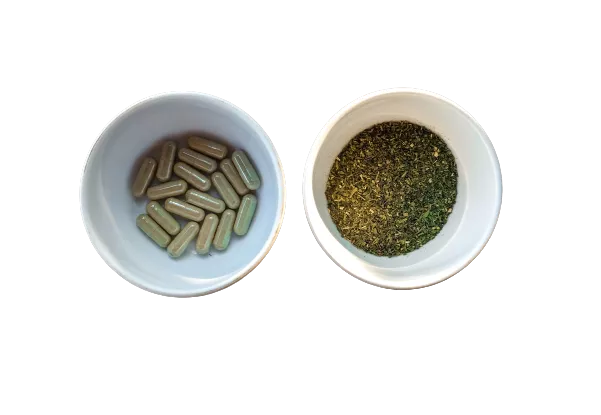
3. Frozen Kratom Tea
Many people report that freezing kratom is a fantastic way to increase its potency.
Freezing a plant after it has been suspended in liquid causes the cell membranes to expand and burst. The theory behind this is that this makes the active components of the herb more bioavailable. The alkaloids hang out behind the cell wall and only become available once our body has digested and broken down the cell.
Many people swear by this technique. There is some debate as to whether or not the theory is scientifically valid, but the consensus is that whatever happens during the freezing process works very well.
A simple way to do this is to quickly simmer a pot of tea before throwing it in the freezer.
Add a small amount of kratom to a liquid, such as orange juice or grapefruit juice, in a plastic water bottle. Just enough liquid to make the kratom into a thick sludge. Then, shake the bottle rapidly so that the kratom sludge sticks to the sides of the bottle.
The kratom will be distributed in a very thin layer around the bottle, so you’ll only have to pop it into the freezer for a few minutes before it’ll be frozen through. Then you can simply heat the kratom, drink it straight, or mix it in with another batch of tea.
Sometimes when freezing kratom, you’ll notice that red bubbles emerge. The red bubble effect is said to be the result of alkaloids being released from the kratom.
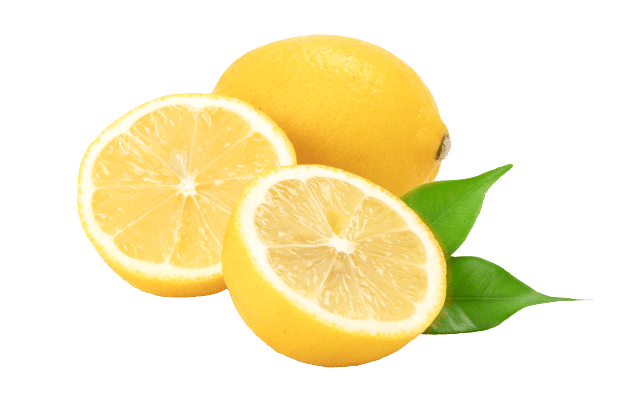
4. Kratom Lemon Tek
This is the preferred method for masochists who don’t think that kratom already tastes bad enough.
In all seriousness, though, many adherents of the kratom Lemon Tek refuse to drink kratom any other way. It’s often recommended to combine the Lemon Tek with freezing. This is believed to be the best way to produce the red bubble effect.
Citric acid is said to help accelerate the breakdown of the kratom so that its alkaloids can be easily absorbed.
Squeezing the juice of a fresh lemon into your tea before it starts simmering is the simplest way to do the lemon tek. If you don’t have any fresh lemons, you can also use refrigerated lemon juice. If you prefer a more extreme method, however, you can do the following.
First, heat your kratom and set it to simmer or lightly boil. Add your citric acid via lemon juice at this stage, and then use a milk frother to completely mix the acid in with the kratom. Once the kratom and citric acid have been frothed together, toss them in the freezer.
The idea behind this is that very few alkaloids will escape the trifecta extraction process. The alkaloids are first drawn out into hot water. The citric acid continues to draw out resistant alkaloids, and finally, the freezing/red bubble effect destroys the cell walls and releases any last stubborn alkaloids into the mixture.

Ingredients to Make Tasty Kratom Tea
Some people prefer to make tea for no other reason than the fact that it’s enjoyable. Or, at least, more enjoyable than consuming it any other way.
This plant is extremely bitter, highly astringent, and generally not palatable. Its flavor is so intense and unpleasant that many people refuse to use kratom simply because they can’t stomach the taste.
Different ingredients will target different aspects of kratom’s flavor profile. If you really want to make a delicious brew, you need to find something that compensates for both its bitterness and its astringency.
The bitterness can be avoided in a few ways.
- Sugar — This is the first thing that many people consider when hoping to overcome the bitterness of kratom tea.
- Licorice root — Licorice contains a compound called glycyrrhizin, which has a powerfully sweet flavor but doesn’t add any additional calories. It’s a great herb to add to kratom tea as you simmer it on the stove.
- Stevia — Stevia also contains exceptionally sweet compounds (up to 160 times as sweet as sucrose) without adding any calories to the blend. Don’t add stevia while you simmer; save it for the end once you remove the pot from the heat.
How to Cut Astringency in Kratom Tea
It helps to understand astringency if you’re hoping to prevent it from affecting you. Astringency is a herbal action that tightens and tones tissues to prevent fluid loss. A good example of this is the hops found in beer. When you drink a nice hoppy IPA, your mouth will feel like there’s a coating on it, which is caused by the tightening of the tissues inside your mouth.
Astringent herbs can be very uncomfortable to work with if you don’t know how to balance them out. From a herbalist’s standpoint, the solution is simple: compensate with some moisture.
In this sense, moisture doesn’t just mean liquid. Your tea is already based on liquid. To counterbalance the drying action of an astringent, you need to introduce another herb or ingredient that is considered moist or damp.
Here are some ingredients you can use to cut back on the astringency of kratom:
- Oils and fats — Adding some MCT oil, butter, or heavy cream to your kratom will go a long way in cutting both the bitterness and the astringency of the tea.
- Sweeteners — Honey or maple syrup can complement an astringent herb and make it more palatable.
- Plant-based milk — Plant milk, especially oat milk, excel at masking the astringency of kratom. Mix in a ratio of about 50/50 oat milk to kratom tea either before you boil (for hot tea) or after (for cold tea).
- Raw chocolate (cacao) — Despite also having a bitter taste, cacao balances the flavor of the kratom very nicely. It also does a good job at balancing the stimulating effects of the herb and offsetting side effects such as anxiety.

How Many Times Can I Reboil My Kratom Leaves?
This only applies if you chose to strain your kratom earlier. If not, you’re already getting the maximum efficiency from the leaves by consuming them whole.
For people who removed the leaves from the brew, you can re-boil them two or even three times to get another few doses from your brew.
Just keep in mind, each time you reboil it, the potency of the tea will be weaker.
If you’re not going to reboil your kratom right away, you can leave it in the freezer for later. I like to save two or three batches of kratom from old brews and combine them later to get the equivalent of a full dose.
If you know you’re going to be reboiling your kratom, you can plan by preparing a LemonTek or freeze extraction on your second wash. Doing these techniques on your second wash will unlock more of the latent alkaloids, so your first and second batches will be more similar in strength.
Mixing Kratom & Other Herbal Teas
Kratom mixes quite well with other herbal teas. This is especially true if you can get your hands on crushed kratom leaf. Crushed kratom leaf is a tea leaf, and it’s really easy to mix with other teas to make a delicious tea blend.
Even if you don’t have access to crushed leaf kratom, you may find that you can synergize your kratom with other herbal teas. Some teas can complement the effects of kratom quite nicely. Others can help to mask the flavor.
Here are a few examples of herbs that complement kratom tea:
1. Yerba Matè
Yerba matè is a South American tree known for its high caffeine content. It provides a similar amount of stimulation as coffee but is far less likely to cause jitters and anxiety.
If you’re able to source crushed kratom leaves, you can simply mix your matè and kratom 50/50 and prepare them as you normally would.
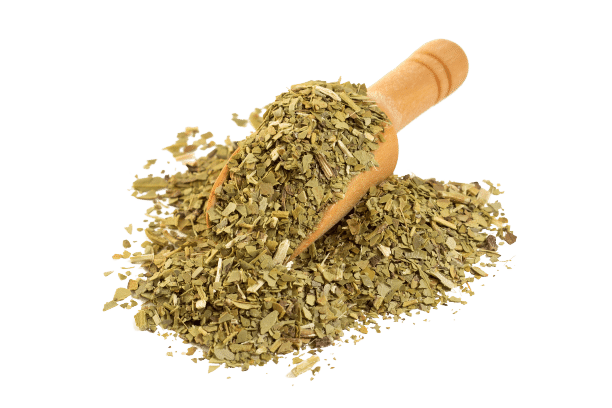
2. Green Tea
Kratom and green tea go together very nicely. The rich tannin flavor of the green tea adds a layer of depth to the kratom and actually allows its bitterness to become somewhat enjoyable.
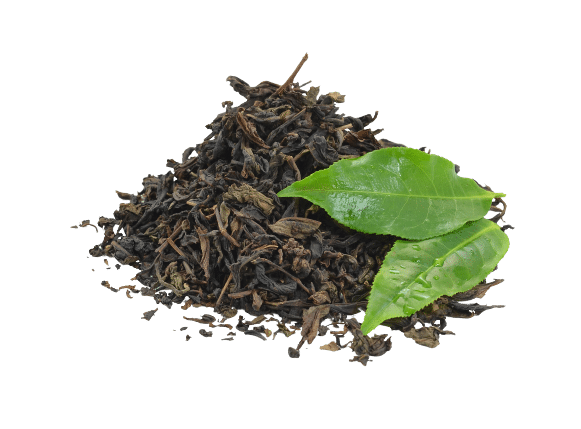
3. Ginger Tea
Ginger tea is often used to help people with an upset stomach, and this is one of the reasons that it’s great to mix with kratom. You’ll thank yourself if you manage to prevent a bout of nausea by preparing your kratom with ginger.
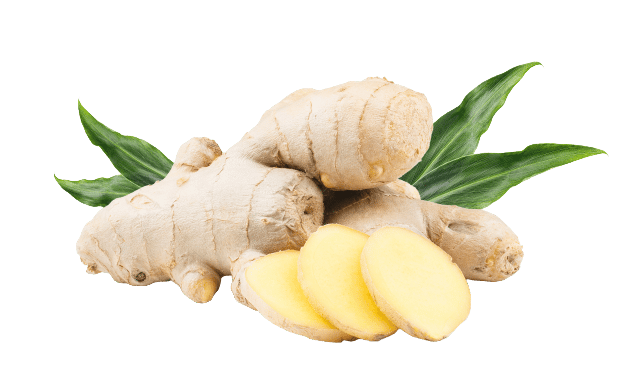
4. Passionflower
Passionflower is a group of tropical vines with potent MAO inhibitors and sedative qualities. It combines very well with kratom tea for supporting mood and promoting sleep. It’s also a good addition to help cut out some of the side effects like nausea or anxiety.
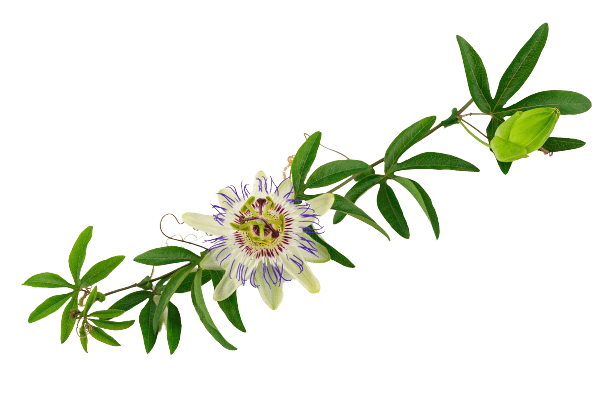
5. Damiana
Damiana is a herb found in places like Mexico and Central America. It’s used for its relaxing qualities and its ability to induce dreams at night.
This herb combines very well in a kratom tea used to help with sleep. It also adds a nice flavor to the kratom brew. The flavor of damiana is hard to describe; the flavor is unique in and of itself — you’ll have to try it to find out if it’s something that will work for your palette or not.
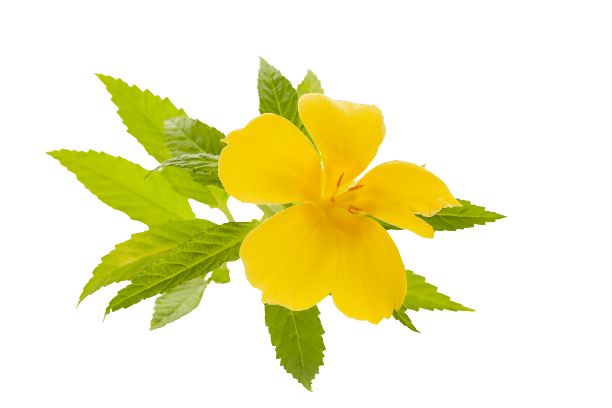
Final Thoughts: The Best Way To Prepare Kratom Tea
Kratom tea is, without a doubt, one of the best ways to enjoy this plant. There are tons of different techniques and methods that can be applied to brewing kratom tea. Figuring out your own method is part of the fun.
Kratom tea is easily absorbed and causes less physical strain on the body. Many people also find that the effects are smoother and more enjoyable than using capsules or the toss n’ wash method.
If you haven’t tried kratom tea yet, you should give it a shot. It might not be as gung-ho as a toss-and-wash, but the whole ritual experience is more fulfilling and rewarding.

